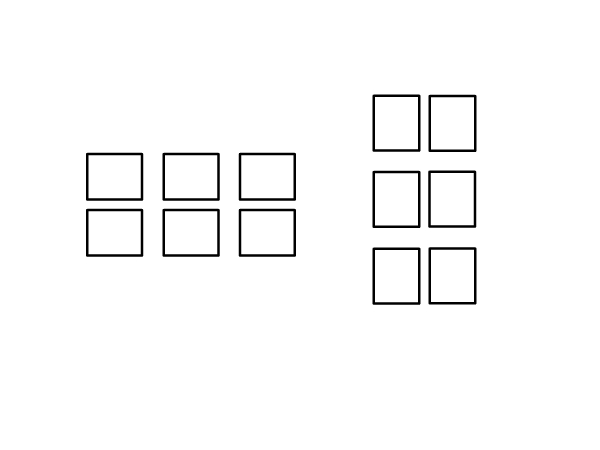18.2.1
After going through this session, you will be able to...
- State Gestalt Law of proximity
Gestalt is a psychological term that means “unified whole”. According to Gestalt psychology, the whole is different than the sum of its parts.

The unified whole is different from the sum of the parts.
The Gestalt theorists were the first group of psychologists to systematically study perceptual organization around the 1920’s, in Germany. These theories attempted to describe how people tend to organize visuals into groups. Gestalt has listed principles of perception; let us examine them in detail.
Gestalt
principles of perception:
Law of proximity

Fig 1 Fig 2
The Gestalt law of proximity states that “when we perceive a collection of objects, we see objects close to each other as forming a group”. Even if the shapes, sizes and objects are completely different they appear as a group. Objects that are close together tend to be perceived as forming a figure. For example;

In this image, we tend to perceive two columns of four lines each rather than eight different lines. The lines are grouped together because of how close they are to each other.

In this image, the squares on the left side
appear to be grouped in horizontal rows, whereas the squares on the right side
appear to be grouped in vertical column.
Examples:

Auditory rhythm is also an example of the
law of proximity. If we listen to, four drum beats, with a pause between the second and third,
it will be heard as two pairs.
1. Gestalt psychologists began
studying how we perceive the world around us in
s.
2. Gestalt is a psychological term
means
.
3. The whole is different than the
sum of its
.
4. Objects that are
tend to be perceived as forming a figure.
Designed and Developed by Department of Educational Technology, SNDT Women's University, Mumbai